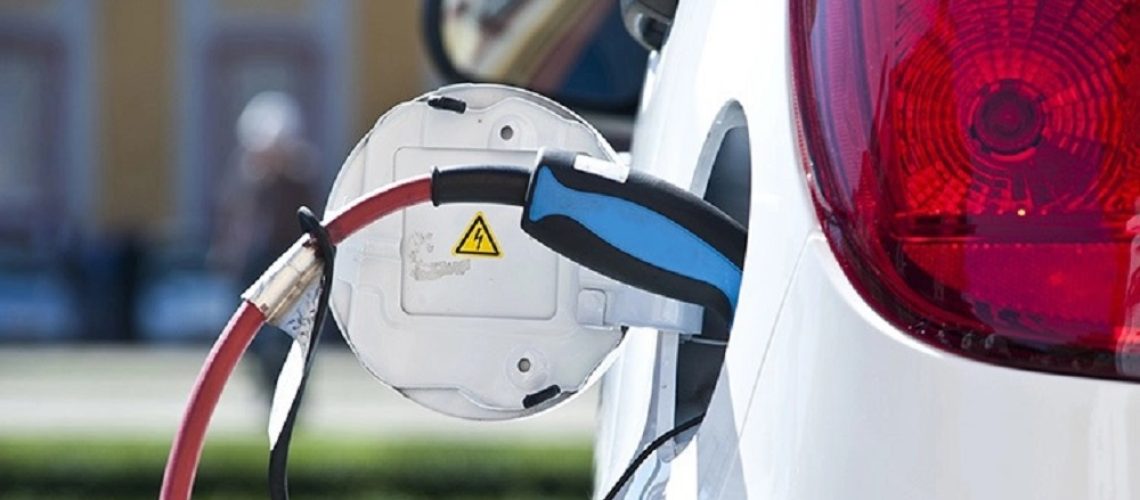California’s legislature advanced SB-233 last week. If the 14 million+ cars currently registered in the state had a 75 kWh battery, the combined energy storage would amount to just over a terawatt-hour.
California is evaluating a mandate requiring all electric vehicles (EVs) to have “vehicle-to-everything” (V2E) capabilities by January 1, 2027. The state defines V2E as a system where an EV’s battery’s stored energy can be used for various purposes, including powering a home (vehicle-to-home), a building (vehicle-to-building), a microgrid, another vehicle, or providing electricity to the electrical grid (vehicle-to-grid).
All V2E vehicles and infrastructure will be required to be interoperable.
The bill, SB-233, includes light vehicles and school buses. On April 25, 2023, it passed the legislature’s Transportation committee 11 to 3, and is now advancing to the Appropriations committee.
The bill notes that California already has laws on the books that project deployed EVs will exceed eight million cars by 2030. At 75 kWh per vehicle, it’d total 0.6 TWh of cumulative energy storage. As of 2021, more than 14 million cars were registered in the state. If all 14.2 million cars had a 75 kWh battery, the combined energy storage would amount to just over a terawatt-hour.
The bill would dictate that starting in 2024, California will hold quarterly interoperability testing events, allowing companies to share products and information while testing the compatibility of electric vehicles, electric vehicle supply equipment, and emerging V2E technology. These events will contribute to the development of state standards.
Additionally, before 2027, the state plans will incentivize buyers to acquire bidirectional equipment, in order to smooth the transition.
As part of the research and development process, California will evaluate individual use cases to identify vehicle and charger types that may not benefit from this technology and could be exempted. One potential exception cited is high-speed public DC chargers.
Analysts estimate that between 80% (Tesla) and 90% (Lazards) of future battery cells will be used in vehicles, leaving 10% to 20% of remaining cells for power grid energy storage. Benchmark Mineral Intelligence projects that approximately 8.5 GWh/year of lithium-ion battery cell manufacturing capacity will be available by 2030.
If eight million cars were connected to California’s power grid, 600 GWhs of capacity would be added. To counterbalance the state’s peak electricity demand in August and September, California would need to deploy an additional 10 to 20 GW of resource adequacy, operating for four to five hours, amounting to 40 to 80 GWh.
Level II electric car chargers have output of 3 to 19.2 kW (the Ford Lightning). If cars averaged 10 kW, it’d take one to two million EVs to generate 10 to 20 GW of electricity.



